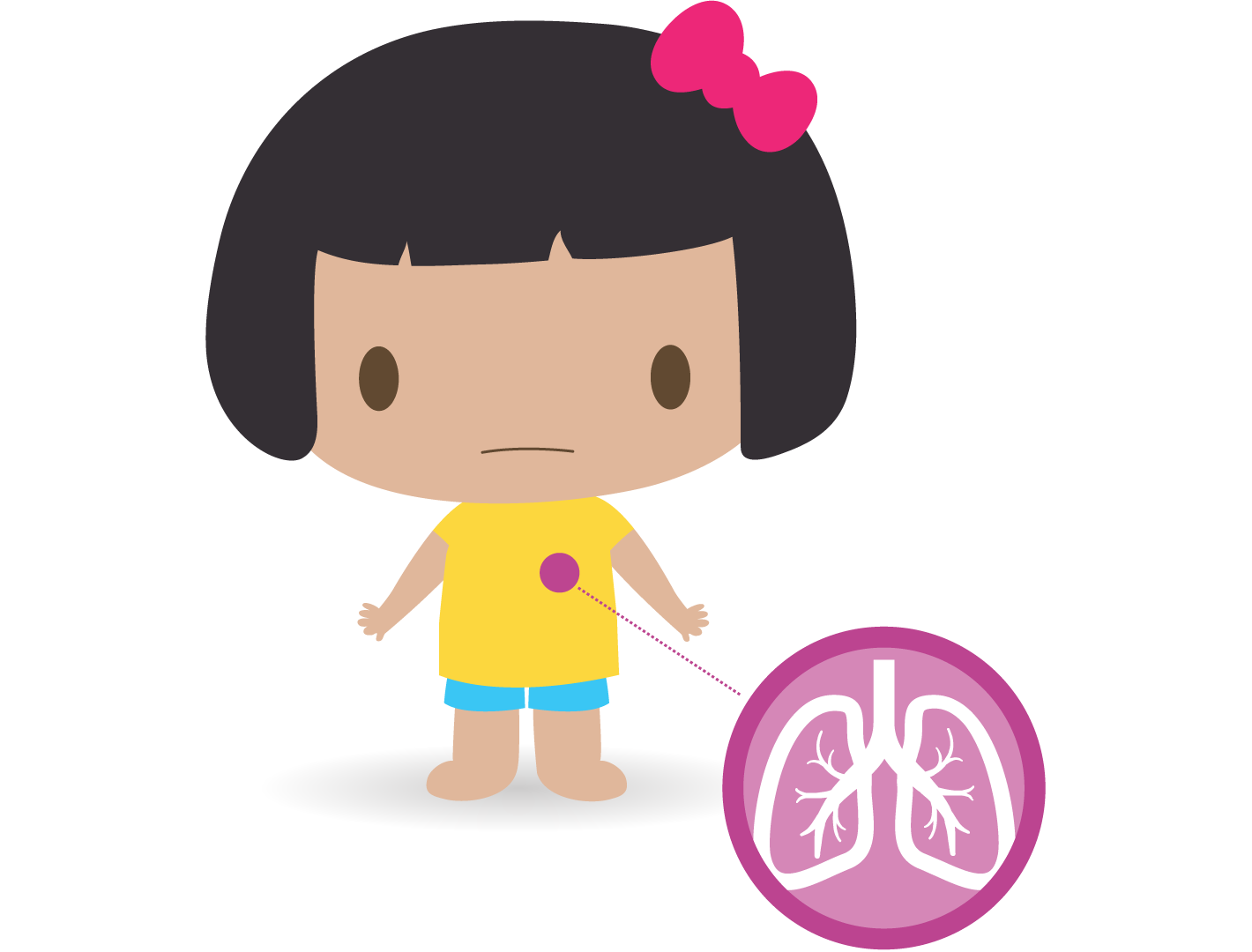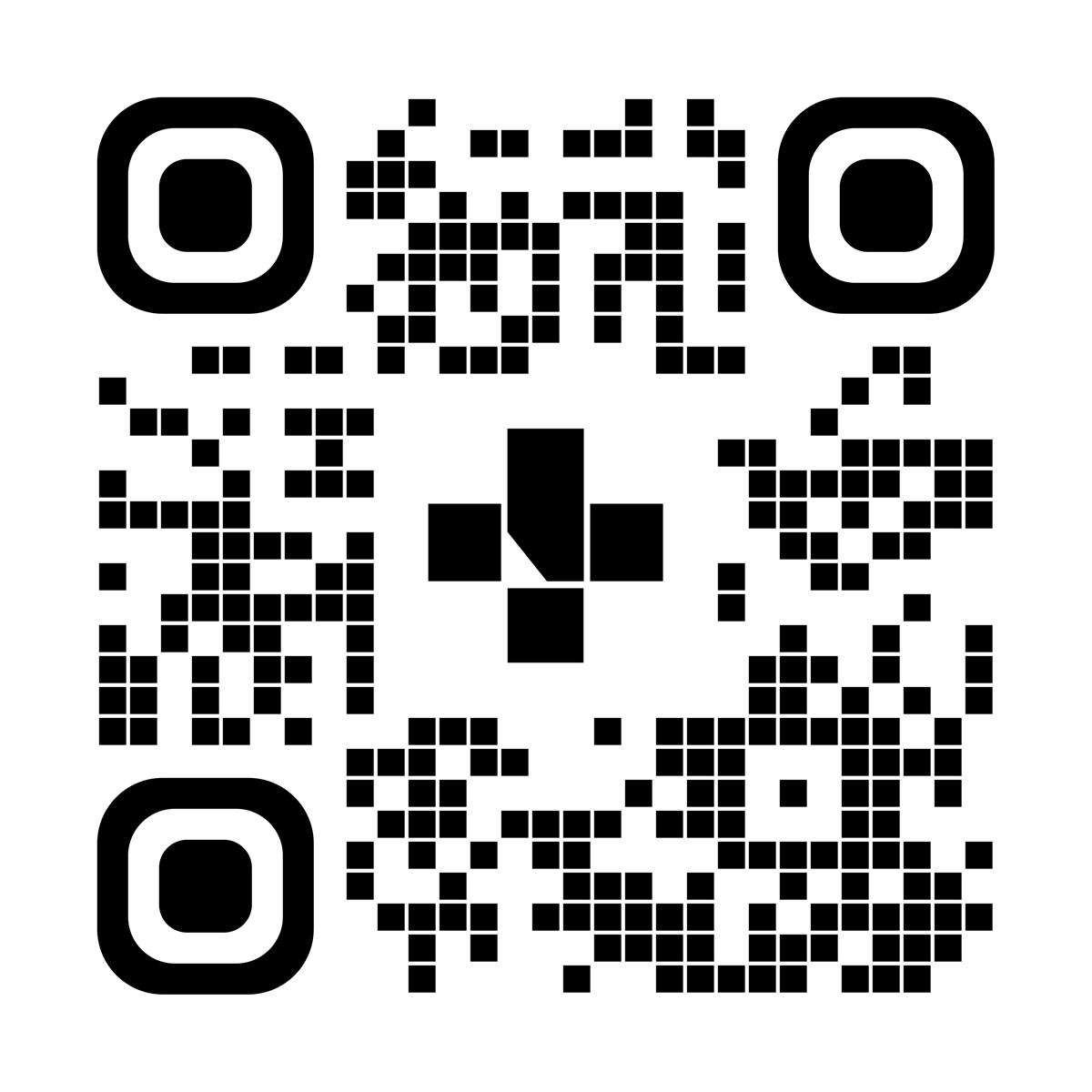Cough and Wheeze in Children (Bronchiolitis)
HEAL

This information has been translated into other languages – see the links at the bottom of this page.
Key Points
- Bronchiolitis is a common viral infection that affects the lungs of children under 2 years old.
- Bronchiolitis causes children to wheeze, cough, and work harder to breathe.
- Most children with bronchiolitis can be managed at home.
- Children, especially less than 6 months old, should seek medical attention if they are having difficulty breathing, difficulty feeding, or seem more sleepy than usual.
What Is It?
Bronchiolitis is a viral infection that affects the lower part of the lungs. The infection makes the small airways (bronchioles) swell and fill with mucus. The bronchioles become narrow, making it hard for your child to breathe. The infection leads to wheezing, lots of coughing and some difficulty breathing.
Bronchiolitis usually affects young children under the age of 2. Many viruses can cause this infection, but the most common is Respiratory Syncytial Virus or RSV. RSV outbreaks happen between November and April each year, with a peak in January and February. Your child can get RSV infections many times, but as they get older the symptoms become milder.
Symptoms
At first, your child can have common cold symptoms, including:
- Runny nose
- Mild cough
- Fever
- Low energy
- Decreased appetite
About 1 to 3 days after the start of cold symptoms, the infection can spread to the small airways of the lungs causing bronchiolitis symptoms. Your child may have:
- Worsening cough
- More frequent coughing
- Wheezing
- Fast breathing
- Indrawing (the skin being sucked in at the neck, collarbones, or between the ribs with each breath)
- Vomiting after coughing
- Decreased appetite
- Difficulty breast or bottle feeding (especially babies less than 6 months old)
Bronchiolitis can be more severe in some children, especially if they:
- were born prematurely (before 34 weeks gestation)
- are a young infant (under 3 months)
- have a history of asthma or lung problems
- have a history of heart problems
If your child has difficulty breathing, difficulty feeding, or seems more sleepy than usual, they should be seen by a healthcare professional.
Treatment
Bronchiolitis is a viral infection that lasts for 7 to 10 days. In some children the cough may continue for a few weeks even though they are feeling better.
Children with bronchiolitis can usually be managed at home. There is no medicine that treats the infection. Antibiotics will not work since this is a viral infection.
At Home
Coughing
- Keep your child sitting or upright because it is easier for them to breathe in this position.
- Over-the-counter cough medicines can have harmful side effects in children. They are not recommended in children under 6 years of age.
Nasal congestion:
- Cleaning out your child’s nose makes breathing and feeding easier. | Video
- Use an over-the-counter salt water nose spray (such as: Hydrasense). Spray or drop salt water in each nostril and suck out the mucous. We do not advise making your own salt water solution at home.
- Clean your child's nose before feeds and bedtime, or as often as they need during the day.
Eating and drinking:
- Your child may not want to eat much when they are sick, and that is OK.
- Encourage your child to drink clear fluids. Babies less than 6 months old should continue to breast or bottle feed as usual.
- Your child may not want to drink like they usually do, but continue to offer small amounts of fluids throughout the day so they stay hydrated.
Fever and discomfort:
- You may give acetaminophen (Tylenol or Tempra) or ibuprofen (Advil or Motrin) to keep your child comfortable. Use as directed on the package or instructed by a healthcare provider.
In Hospital
In the hospital, doctors and nurses may do things to help your child’s breathing and keep them comfortable. This can include:
- Keeping them calm and sitting up to make their breathing easier
- Listening to their lungs and watching their breathing
- Gently suctioning your child’s nose with salt water drops
- Giving your child some extra oxygen to breathe
How Can I Prevent It From Spreading?
Bronchiolitis is very contagious. It is spread through close contact with someone who is sick and coughing or sneezing around you. Touching toys or sharing food with someone who is sick can spread the virus.
Children with bronchiolitis are contagious for almost a week after they first get sick. You should keep your child at home if they are coughing a lot or having any trouble breathing.
Other tips to prevent spreading the virus:
- Keep your child away from young babies (less than 3 months) for as long as you can while they are coughing.
- Hand washing is important to stop the spread of infections. Teach children to wash their hands before and after eating, coughing, or sneezing.
- Avoid exposing young babies and children to cigarette smoke. Smoking has been linked to higher risk of infection.
When To Get Help
Call 911 anytime you think your child may need emergency care.
Seek immediate medical attention if:
- Your child is breathing very fast.
- Your child looks very uncomfortable when breathing.
- Your child is having trouble breathing, look for pulling of the skin around the neck and between the ribs or more wheezing while breathing.
- Your child looks blue around the lips.
- Your child is very sleepy and difficult to wake up.
- Your child is having difficulties feeding and is becoming dehydrated.
Know your options
It can be scary when your child is sick. But in most cases, you don’t need to go to the emergency department. If you’re unsure, visit ahs.ca/options to learn about the options so you can get the care you need.
About AHS HEAL
The Alberta Health Services HEAL (Health Education and Learning) program was created by a team of doctors, nurses, and other clinical staff who work at the Alberta Children’s Hospital and the Stollery Children’s Hospital, to support families and patients with up-to-date and useful information about common childhood health concerns. Learn more at ahs.ca/heal.
To see this information online and learn more, visit: ahs.ca/heal/page12436.aspx

Related to Cough and wheeze in children: Bronchiolitis (HEAL)
Other languages
Cough and wheeze in children: Bronchiolitis (HEAL)
For 24/7 nurse advice and general health information call Health Link at 811.
Current as of: March 1, 2024
Author: Pediatric Emergency Medicine, Alberta Health Services
This material is not a substitute for the advice of a qualified health professional. This material is intended for general information only and is provided on an "as is", "where is" basis. Although reasonable efforts were made to confirm the accuracy of the information, Alberta Health Services does not make any representation or warranty, express, implied or statutory, as to the accuracy, reliability, completeness, applicability or fitness for a particular purpose of such information. Alberta Health Services expressly disclaims all liability for the use of these materials, and for any claims, actions, demands or suits arising from such use.
